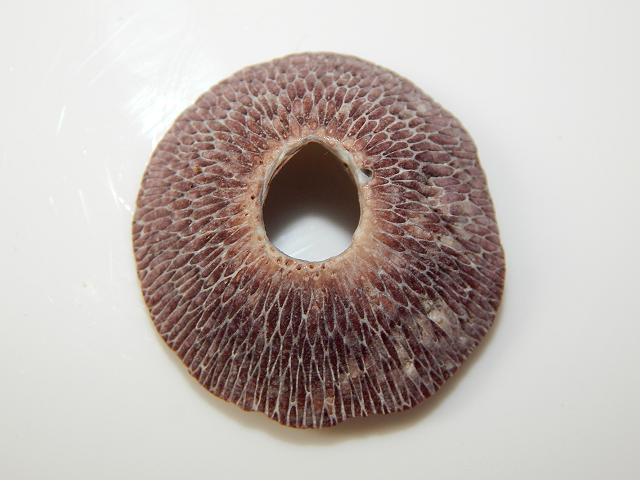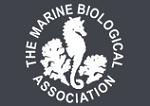
APHOTOMARINE
An educational resource dedicated mainly to the photography
and diversity of marine life that can be found in coastal waters
and intertidal areas of Great Britain and Ireland by David Fenwick.

Tetraclita sp. possibly Tetraclita stalactifera (Lamarck, 1818) - Ribbed Barnacle (non-native)
Scroll down and rollover titles to change screen image or click on title to view image.
Ribbed barnacle
Tetraclita sp. possibly
Tetraclita stalactifera
- barnacle 1
Tetraclita sp. possibly
Tetraclita stalactifera
- barnacle 1
Ribbed barnacle
Tetraclita sp. possibly
Tetraclita stalactifera
- barnacle 2
Ribbed barnacle
Tetraclita sp. possibly
Tetraclita stalactifera
- barnacle 3
Ribbed barnacle
Tetraclita sp. possibly
Tetraclita stalactifera
- barnacle 4
Ribbed barnacle
Tetraclita sp. possibly
Tetraclita stalactifera
- underside 1
Specimens here were found in a bag in a box of barnacles labelled as Coronula diadema, which is an ectoparasitic barnacle found on the Humpback whale, Megaptera novaengliae. I was not happy with the labelling so contacted Eve Southward at the Marine Biological Association in Plymouth for advice. She stated that the species appeared to be a species of Tetraclita. Tetraclita stalactifera is found on the SE coast of the USA, South Carolina and Florida. Given the amount of plastic and fishing gear that washes up on the Cornish coast from SE USA one might think that these specimens had previously washed-up at some point. However, there are no records of them doing so, not under Corunula or Tetraclita, so one has to presume they have been gifted or purchased.
Specimens photographed are from the marine collection of Stella Turk M.B.E. Images taken 27.02.16.
The marine collection of Stella Turk is curated by the author of this website at his home in Penzance, Cornwall. Its intended use is as a reference collection, access is by appointment only, further information is available on request.
APHOTOMARINE supports open source data recording and sharing for the benefit of wildlife, recorders, research, science and education. The project recommends the following websites and works with the following bodies and organisations.
The Marine Biological Association or MBA, based in Plymouth, is one of the world’s longest-running societies dedicated to promoting research into our oceans and the life they support. Since 1884 the MBA has been providing a unified, clear, independent voice on behalf of the marine biological community.It has a growing membership in over 40 countries.
The National Biodiversity Network or NBN is a charity that supports open source data sharing and recording supporting conservation, science and education. "Why do recorders need open source?". Simply because it supports the core values of wildlife recording and the free use of records and data over a very wide network that includes partners like the Natural History Museum.
The taxonomy used here is based on that of the following database, which is also used by the MBA, NHM and the NBN.
The World Register of Marine Species or WoRMS.

The main objective of this website is in furthering environmental awareness and education through the medium of photography. To increase awareness and access to the wildlife of the region and help
people find and identify it. Sometimes the difference between species is obvious but many species can only be determined by observing microscopic characteristics that are specific to any one species.

